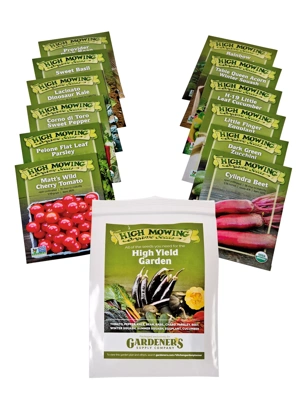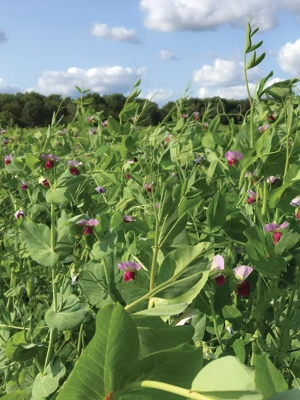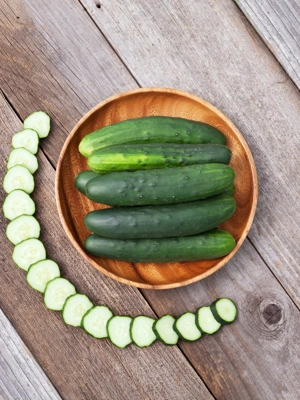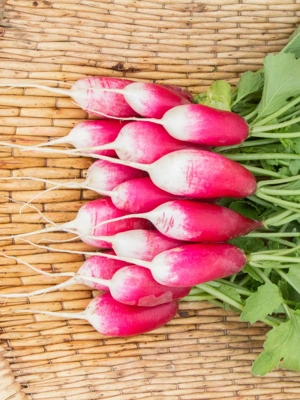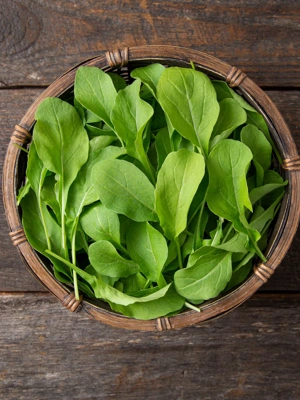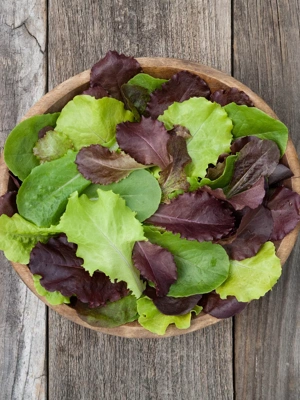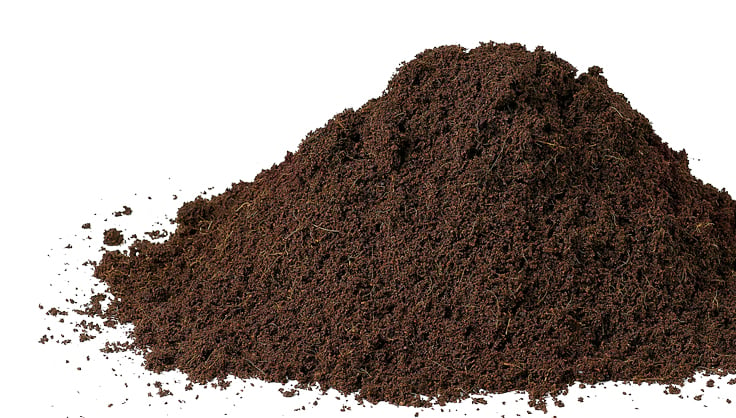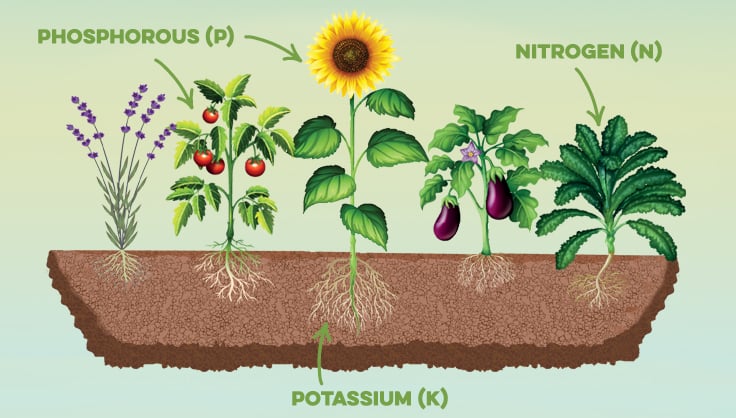How Genetic Engineering Differs from Traditional Plant Breeding
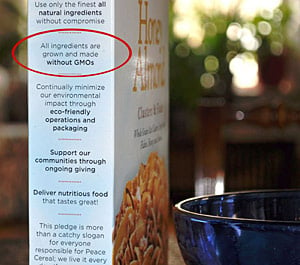 If you want to avoid GMOs, read labels and purchase organic foods.
If you want to avoid GMOs, read labels and purchase organic foods.Since the dawn of agriculture, humans have taken steps to improve plant traits, such as hardiness, taste, adaptability and beauty. Thousands of years ago, farmers simply saved seeds from their best plants for replanting. Over time, plant breeders developed increasingly sophisticated techniques to attain specific traits. The latest — some might say greatest — technique is genetic engineering (GE), and advocates say it's just the next step in humanity's long history of innovations for improving crop plants. Detractors insist that there is a fundamental and dangerous difference between conventionally bred and genetically engineered plants.
What sets genetic engineering apart from all other types of crop improvements is that it involves transferring genetic material from one organism into the genetic material of a completely unrelated organism — DNA from bacteria into corn, for example. This doesn't happen in other plant-breeding techniques.
Did you know that more than 70 percent of packaged foods sold in the U.S. contain ingredients derived from genetically modified organisms (GMOs)? If a product label lists anything that is corn-, canola- or soy-based — such as corn syrup, cornstarch or soy lecithin — you can be pretty sure it's from a GMO. However, according to 2010 poll, when consumers were asked, "As far as you know, are there any foods produced through biotechnology in the supermarket now?" 8% said "no" and 64% said "don't know." That's because manufacturers aren't required to label foods containing GMOs.
For both advocates and detractors to have a meaningful debate about genetic engineering, it's helpful to understand the evolution of plant-breeding techniques.
Simple Selection
Traditionally, farmers saved seed from plants with favorable traits, such as high yield or better flavor, for replanting. In doing so year after year, the farmers created new strains of crops. Farmers in other regions did the same thing, resulting in different strains suited to their needs.
Cross-Pollination
The next development in plant breeding was cross-pollination, which involves intentionally transferring the pollen of a flower from one plant to the stigma of a flower from another plant of the same or closely related species. Successful pollination results in viable seeds. When the seeds grow, with luck, one or more of the offspring plants will exhibit beneficial traits. It's a painstaking process because trait inheritance isn't a straightforward process ? crossing a disease-resistant corn variety with an extra-flavorful corn variety doesn't mean you'll get offspring with both traits.
Cross-pollination requires the parent plants to be compatible — that is, the same species or a closely related species. It's still an important breeding technique and it's the primary way amateur plant breeders create new varieties.
Hybridization
Cross-pollination can produce haphazard results, so plant breeders looked for ways to ensure more consistent offspring from crossed plants, resulting in a technique called hybridization. The first step in creating a hybrid is to create two pure strains of plants by repeatedly inbreeding plants until a very stable strain is attained. Breeders then cross-pollinate these parent plants, yielding seeds that grow into uniform plants with predictable traits, called F1 hybrids. The drawback is that seeds from F1 hybrids won't produce offspring with the same traits as their parents. That's why gardeners who save seeds for replanting usually avoid saving seeds from hybrids, and farmers who grow hybrids must purchase fresh seed each year. Similar to conventional cross-pollination, the creation of F1 hybrids is limited to compatible plants, usually the same or very closely related species. The tomato variety Early Girl is an example of an F1 hybrid.
Natural Mutations
Natural mutations can also create unique plants. When something causes a spontaneous disruption of the normal inheritance process — perhaps a "mistake" in DNA replication — the offspring (or even just a portion of the parent plant) can display different characteristics. If the mutation confers some benefit that makes the plant better able to survive, the trait may be passed down to subsequent generations. On rare occasions these mutations yield traits that are considered desirable to plant breeders. For example, the Red Bartlett pear is a mutation of the green-fruited pear; it tastes similar but has beautiful rosy red skin. Many variegated plants are the result of naturally occurring mutations that caught the eye of a breeder, who propagated plants from the mutated plant material.
Induced Mutations
Observing how mutations can alter offspring, plant breeders began trying to induce mutations using irradiation and chemicals, hoping they'd eventually stumble upon mutations that resulted in beneficial changes. Star Ruby grapefruit and Ice Cube lettuce are examples of varieties created by induced mutations. Breeders also discovered that plants grown using tissue culture, during which plant tissue is cultivated using artificial nutrients in sterile conditions, are more prone to mutation than conventionally grown plants. Although the mutations are artificially induced, the DNA remains that of a single species.
Creating New Varieties by Genetic Modification
In the early 1980s scientists created the first genetically modified organisms (GMOs) by inserting genetic material from one organism into the DNA of a completely unrelated organism, even a non-plant species. This breakthrough is the only method available to plant breeders to confer beneficial traits between unrelated species.
To create "Bt corn," for example, scientists incorporated genetic material from Bacillus thuringiensis (a bacteria that produces a substance toxic to caterpillars) into the DNA of corn plants. The result? Corn plants that resist corn earworm and corn borer, so the crops require fewer pesticide applications.
The next wave of genetically modified plants includes the "Roundup-Ready" crops. Scientists insert DNA from a soil bacterium to makes the crops tolerant of Roundup herbicide. Farmers can spray the herbicide to kill weeds without damaging the resistant crop plants.
Benefits and Risks Associated with Genetic Modification
Developers of genetically modified crops defend their work, citing reduced pesticide use and improved yields. Genetic modification has also produced plants with higher nutrient levels than their conventionally bred counterparts.
Although genetic modification has been around for almost three decades and the U.S. Food and Drug Administration has deemed GMOs safe, many consumers still balk at the idea of mixing the genes of entirely different organisms. Wary consumers talk of "Frankenfoods" and express concern about hidden allergens and other undiscovered biological effects. Organic growers worry that the pests will develop resistance to Bt, an important organic insecticide. Environmentalists and farmers fear the creation of "superweeds" when pollen from herbicide-tolerant crops is inadvertently transferred to wild plants. And farmers who grow non-GM crops under organic certification or for export into countries that ban GM foods worry that genetic drift will contaminate their non-GM plantings. Crazy, paranoid ramblings? Maybe not.
- Twenty-one species of weeds now show resistance to Round-Up and thus require the application of stronger herbicides.
- Canada learned the hard way that it can be almost impossible to segregate genetically modified and non-GM crops, and widespread contamination from GM canola has eliminated organic canola in most areas of Canada.
- Bt-resistant bollworms were found in cotton fields in Mississippi and Arkansas within seven years of the introduction of Bt cotton.
What's Next?
The first genetically modified food animal, AquAdvantage(R) salmon, is awaiting government approval. If it's approved, it would be the first genetically altered animal approved for human consumption in the U.S. Down the road, genetically modified plants could be used to produce pharmaceuticals. In the meantime, scientists continue to look to genetic engineering to improve crops ? for example, make them higher yielding, more nutritious, and have more resistance to drought and pests.
What Consumers Can Do
The debate about the safety of GMOs continues, and many people have health, environmental and philosophical concerns about them. Responding to pressure from their constituents, many state legislators are introducing bills to require labeling of foods containing GMO ingredients. On a grassroots level, the Just Label It campaign is encouraging consumers to contact the FDA directly. If you'd like to add your name to the list, visit Just Label It.
References and Resources
- Just Label It
- ""Genetic Engineering is Not an Extension of Conventional Plant Breeding,Consumers Union
- "Integrated Weed Management Best Response to Herbicide Resistance," Science Daily
- "First Documented Case Of Pest Resistance To Biotech Cotton," Science Daily
Last updated: 03/11/2024
Print this Article:
Related items
Related Articles
Get the Dirt
Stay up to date on new articles and advice. Please fill out the information below.




